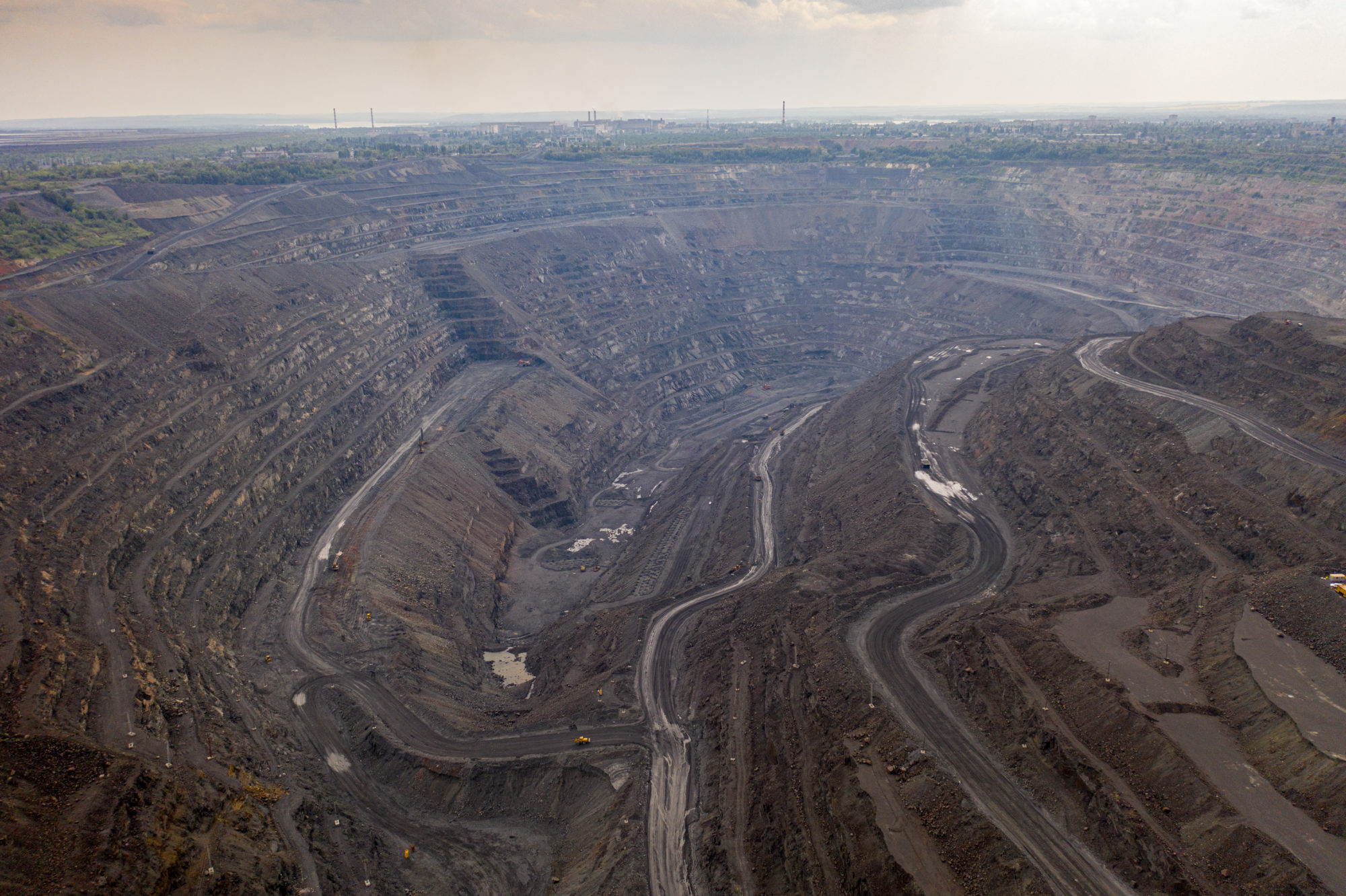Ferrexpo, as part of its efforts towards integrating into a ‘Green Steel’ supply chain, is embarking on scoping studies looking at installing trolley assist technology at its Poltava mine in Ukraine.
The iron ore miner produced 11.2 Mt of iron ore pellets in 2020 from its Yeristovo and Poltava mines, up from 10.5 Mt in 2019. With iron ore prices on the rise and costs down during the 12-month period, the company recorded underlying EBITDA of $859 million, 46% higher than 2019.
During 2020, the company achieved material reductions in its carbon footprint per tonne for both Scope 1 (8%) and Scope 2 (21%) emissions, with a similar trajectory expected in 2021, Lucio Genovese, Non-executive Chair of Ferrexpo, said.
In the future growth investment program of its 2020 annual results statement, the company unveiled several projects to boost production, operating efficiency and sustainability.
The first one up was its mining fleet automation project.
In December 2020, the company commenced Phase 1 deployment of autonomous trucks at its Yeristovo iron ore mine, also in Ukraine. This project saw Caterpillar 793 haul trucks retrofitted with autonomous haulage capabilities through an agreement with ASI Mining.
The company said: “Phase 1 deployment of autonomous trucks commenced in December 2020, with an expectation to deploy additional autonomous Cat 793 haul trucks to production areas throughout 2021 (Phase 1), delivering gains in both safety and productivity.”
The autonomous truck deployment represents a significant milestone, with Yeristovo becoming the first mine in Europe to successfully invest in this modern technology, Ferrexpo said.
Deployment of autonomous haul trucks follows Ferrexpo’s investment in semi-autonomous/autonomous drill rigs (with Epiroc) and drone surveys since 2017 and 2018, respectively, which have brought significant safety improvements, it said.
“We expect to see similar benefits throughout our mining department as further automation investments are realised,” the company added.
On the trolley assist project at Poltava, Ferrexpo said scoping studies were underway to install a pantograph network of overhead cables in the group’s mines, which would enable haul trucks to ascend the open pit using electricity rather than diesel. It noted benefits were expected in its C1 cost base and Scope 1 carbon footprint.
Power infrastructure is already available in the pits energising most of its electric-hydraulic shovels and backhoes, and the intention is for these new electric drive trucks to go on trolley line infrastructure to eradicate some of the operation’s diesel use.
“Initially we would still need to rely on diesel engines at the end of ramps and the bottom of pits, but our intention is to utilise some alternative powerpack on these trucks as the technology becomes available,” North said at the time.
He expected that alternative powerpack to be battery-based, but he and the company were keeping their options open during conversations with OEMs about its fleet replacement plans.
With around 15% of the company’s carbon footprint tied to diesel use, this could have a big impact on Ferrexpo’s ‘green’ credentials, yet North said the transition to trolley assist made sense even without this sustainability benefit.
“The advantages in terms of mining productivity are huge,” North said. “You go from 15 km/h on ramp to just under 30 km/h on ramp.”
Another carbon-reduction project the company is pursuing is the development of a 5 MW pilot solar plant positioned at its concentrator. In its 2020 results statement, the company said procurement for this project was expected in the second half of the year.
There was $4 million of capital outstanding associated with this project in 2021, with the pilot looking to investigate the potential for industrial-scale generation of solar power at the company’s operations, commencing with the 5 MW pilot plant.
Ferrexpo said: “Electricity consumption accounted for 55% of the group’s Scope 1 and 2 carbon emissions in 2020, with solar power offering significant potential for cutting the group’s carbon footprint.
“Should this trial be successful, we will look to significantly expand this particular project.”











